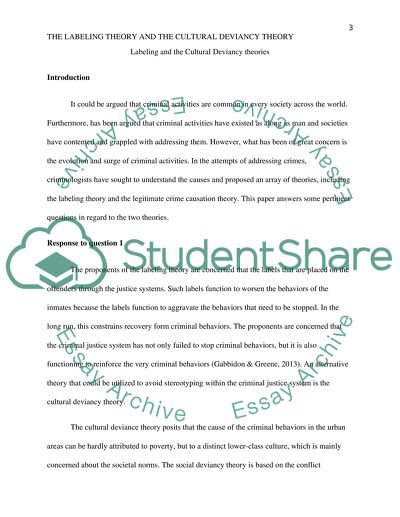Cite this document
(“The Labeling Theory and The Cultural Deviance Theory Assignment”, n.d.)
Retrieved from https://studentshare.org/law/1477288-the-labeling-theory-and-the-cultural-deviance
Retrieved from https://studentshare.org/law/1477288-the-labeling-theory-and-the-cultural-deviance
(The Labeling Theory and The Cultural Deviance Theory Assignment)
https://studentshare.org/law/1477288-the-labeling-theory-and-the-cultural-deviance.
https://studentshare.org/law/1477288-the-labeling-theory-and-the-cultural-deviance.
“The Labeling Theory and The Cultural Deviance Theory Assignment”, n.d. https://studentshare.org/law/1477288-the-labeling-theory-and-the-cultural-deviance.


